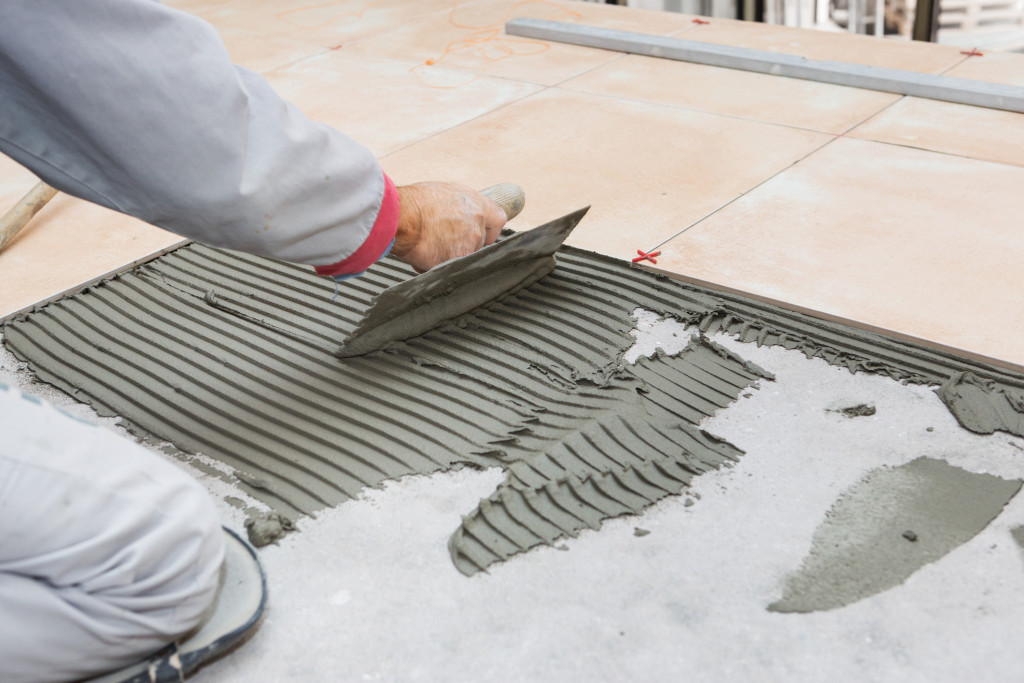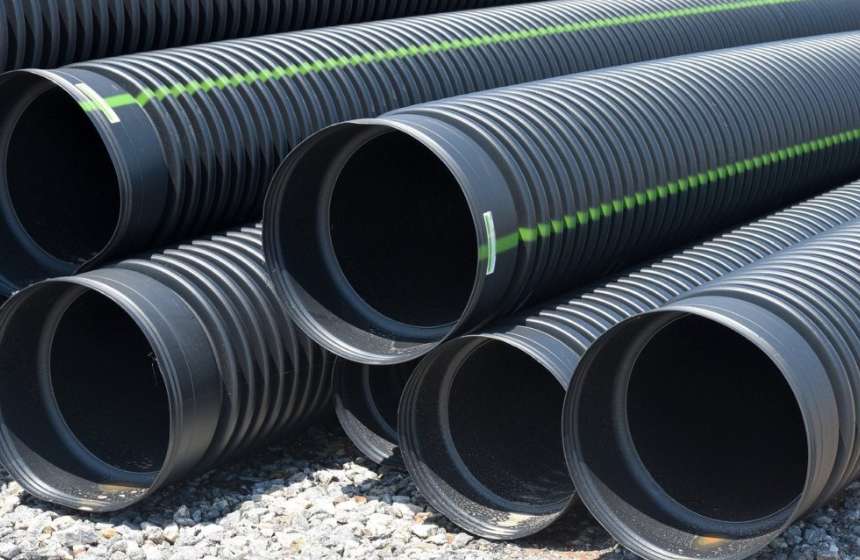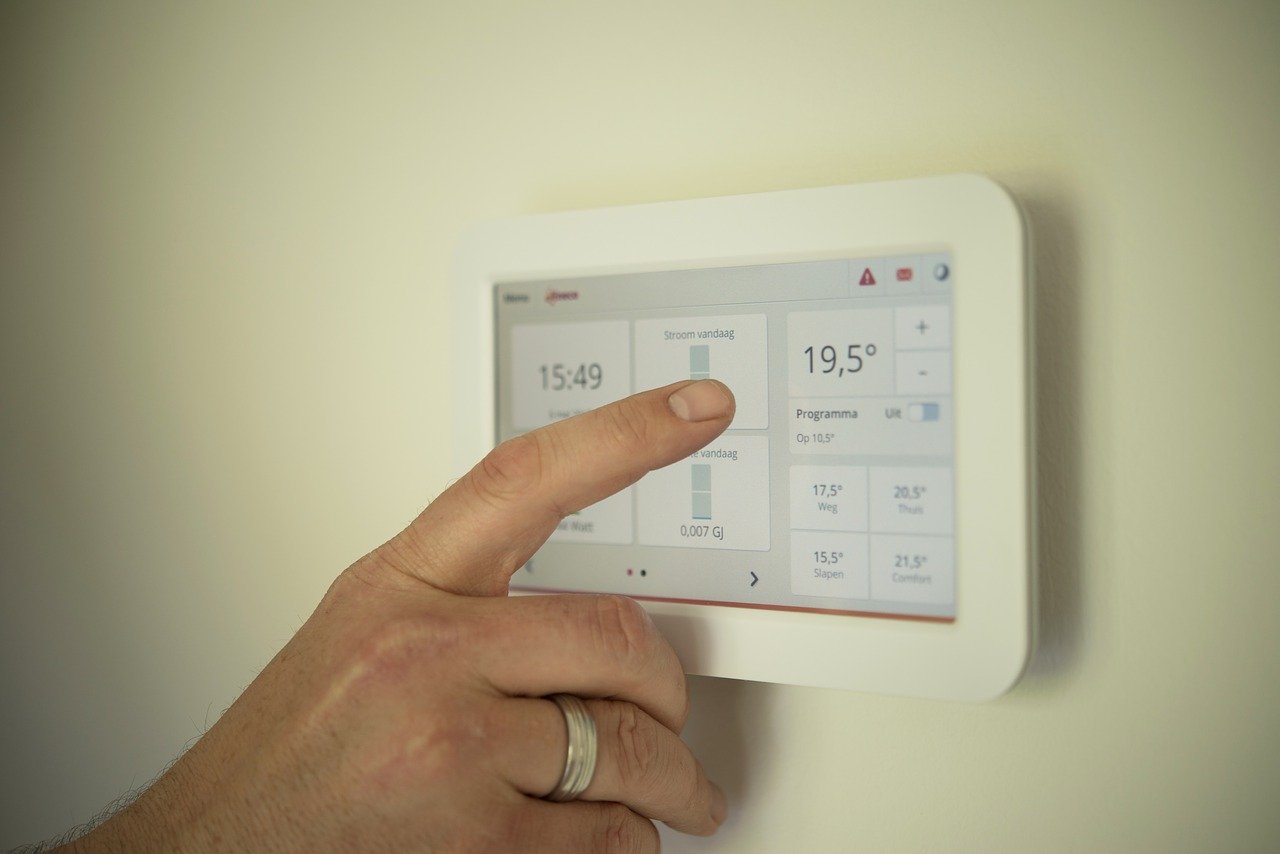How to Choose Thermostatic Radiator Valve - 5 Basic Rules
A properly working heating system requires the right equipment. A thermostatic radiator valve is definitely an absolute essential which allows you to set an optimal warmth level in house interiors. How does a thermostatic valve work? How to choose the right model? What are the signs that the valve needs replacement? Find the answers to those questions in the text below.
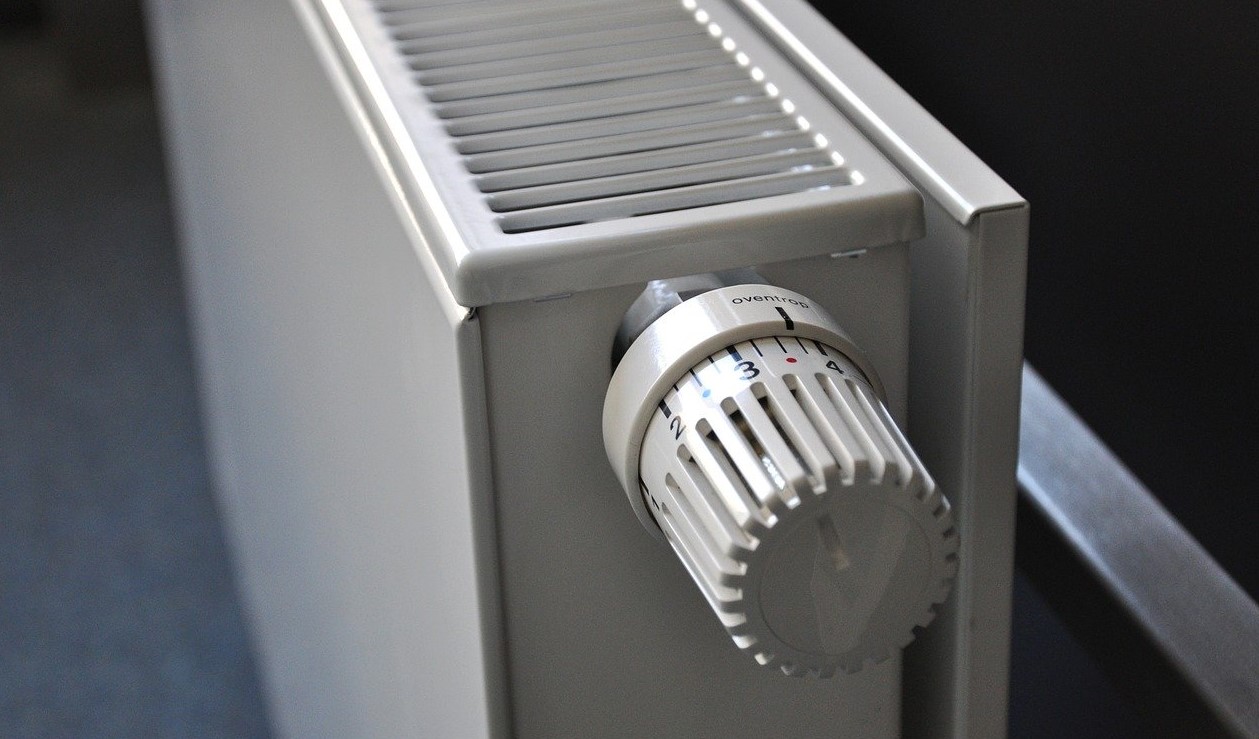
What is a thermostatic valve and how does it work?
A thermostatic radiator valve is nothing else than equipment which allows to quickly regulate the temperature in a room. It is a valve connected to a head - when turned, it triggers a change of the temperature, depending on the setting.
Radiator valves are installed in every heater, and they are typically placed at exact same spot. It is regardless of the radiator type or its construction. A thermostatic radiator valve is installed on the pipe delivering the heating medium to the radiator.
How does a thermostatic valve work? Its internal part (called valve) is being opened or closed - depending on the way the valve has been turned. It is not always fully opened or closed - usually the other setting options are used.
What should you know when choosing a thermostatic radiator valve - 5 basic rules
The market offers various types of equipment. To choose a thermostatic radiator valve which fits one’s individual needs, one has to remember about several important aspects. They might affect conveniece of use or the durability of the device. There are 5 general rules which might be applied when choosing a radiator thermostatic valve.
1. When choosing a thermostatic radiator valve, pay attention to its size
Thermostatic radiator valves are manufactured for various types of heaters. It generally means that the valve size needs to be properly matched. The manufacturers offer straight and angular valves. This is, however, only a fraction of the possibilities. Axial and corner valves are becoming increasingly popular. It’s only one of the possible classifications. There are also thermostatic radiator valves in which:
- the head is installed directly onto the valve,
- the valve has a remote sensor connected with the head with a capillary,
- the valve has a remote sensor and a transmitter.
2. Thermostatic radiator valve - not all are the same
Radiator valve head is an important part of every thermostatic valve. They differ in functionalities and appearance, as well as construction. The most important aspect is undoubtedly the operation of the element. In this regard, one might choose between a classic or electronic radiator valve. The former is designed for interiors which are not prone to sudden temperature changes. Electronic version is a very convenient option, as it typically contains a sensor which regulates the temperature automatically.
Of course, the aesthetics are a crucial aspect for many homeowners. Classic white thermostatic valves are often being replaced with silver or colorful models. This way, a functional equipment might become a decorative element as well.
3. Material - it affects the durability of a thermostatic radiator valve
The durability concerns both elements which build a thermostatic radiator valve. Most importantly, pay attention to the material of the valve itself - it is essential in this case. Do not ignore the material of the head either. It might happen that a highly decorative but poor quality model has to be replaced shortly after the purchase - generating additional, unnecessary expenses. Carefully examine the element before making a purchase, and if you decide to shop online - check the specification or ask the vendor for details.
4. Flow capability - not all thermostatic radiator valves have the same parameters!
Thermostatic radiator valves have various flow capabilities. It is a frequently omitted parameter when purchasing a new element - especially by those who have never handled this kind of equipment. The mentioned flow capability is marked as “kv” on the product. For smaller radiators, it really is a minor feature. It is much more important for large rooms where adequately large radiators are installed. In this regard, it is recommended to choose a thermostatic radiator valve with greater flow capabilities.
5. Regulation range of a thermostatic radiator valve
Most thermostatic radiator valves offered on the market have a similar scale of regulation. Nevertheless, they might differ slightly. When you choose a thermostatic valve, you should pay attention to the symbols on the head. The appearance of the markings is another important issue. The numbers painted on the valve should be readable - so that one can set the correct temperature.
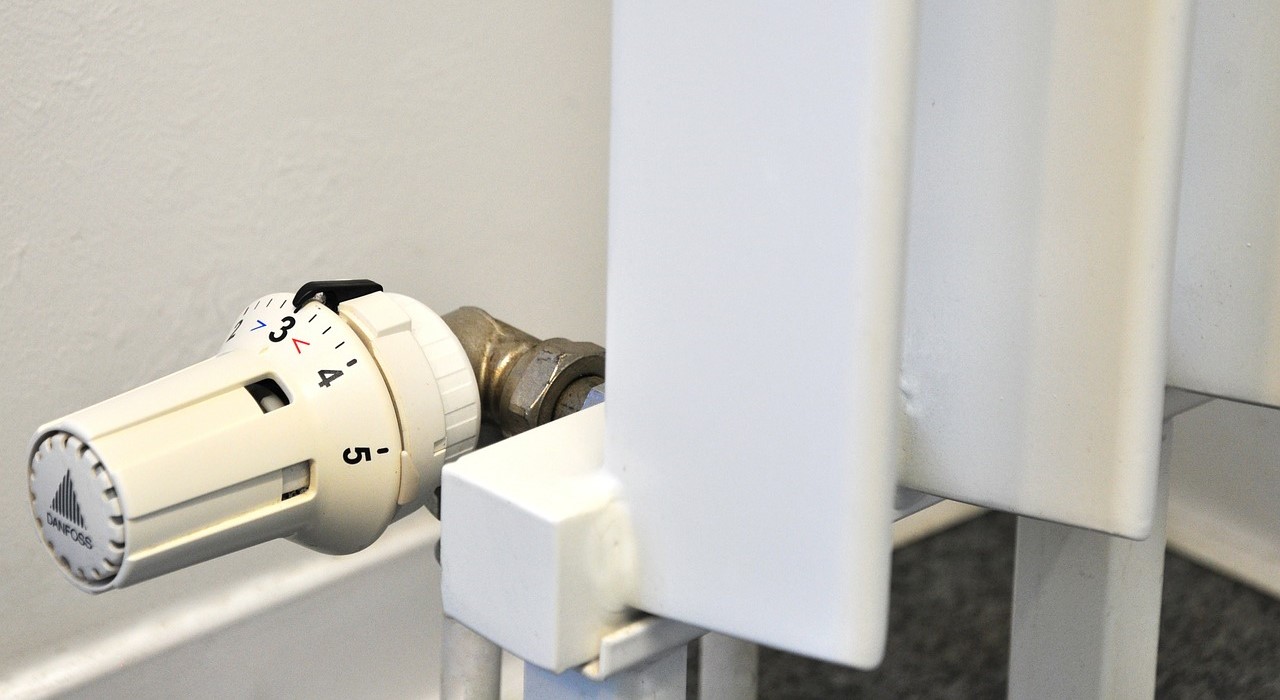
A broken thermostatic radiator valve - when to replace it?
A broken thermostatic valve means a lower thermal comfort in a room. It also makes the radiator less effective, which might generate greater heating bills.
Two elements might get broken - the valve or the head. The signs of malfunction are very important, and they might be similar to each other. Typically, they concern the differences in the setting of the temperature on the valve and the actual conditions in the room. For instance - for setting 3 on the radiator valve the temperature should range between 18-20°C (64.4-68 F). If the thermostatic valve is broken, the real temperature is different. It can be verified with a classic indoor thermometer.
Thermostatic radiator valve replacement cost
A thermostatic radiator valve is easy to replace, therefore, you don’t have to worry about the cost of installation. The price of radiator valve, however, depends on the type of the equipment you choose. The differences in that matter are large - the classic solutions are far cheaper than fully automatic, modern-design models.
📍 How does a thermostatic radiator valve work?
A thermostatic valve is an equipment installed for every radiator. It allows to set the right temperature. It consists of two elements: a valve and a head. The valve opens and closes the flow of heating medium which heats up the radiator - it's controlled by the head, which sets the temperature. Modern models set the temperature automatically, adjusting the settings to the conditions in the room.
📍 How to check the thermostatic radiator valve?
To check the thermostat, one needs to control two elements - the valve and the head. An easy way involves setting a particular temperature on the valve and checking if the value on an indoor thermometer is correct.
📍 How to replace a thermostatic radiator valve?
To replace a thermostatic radiator valve, unscrew the element from the radiator. Remove the head and the valve. Install a new device at the same spot.

